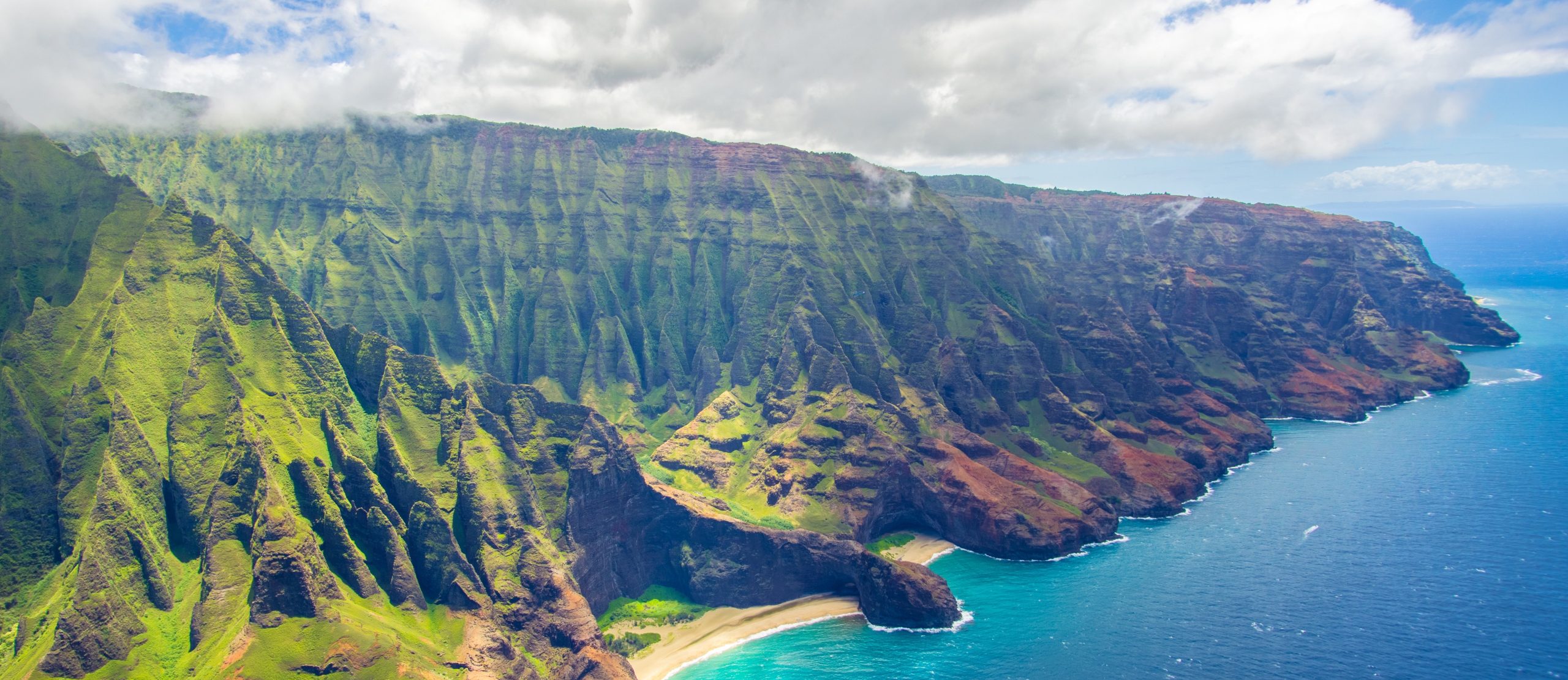Presented on November 1, 2023, by
Daniel R. Chavas
Associate Professor of Atmospheric Science
Department of Earth, Atmospheric, and Planetary Sciences
Purdue University
ABSTRACT
Tropical cyclones cause widespread damage and loss of life globally each year. In a future warmer climate, tropical cyclones are expected to have stronger maximum wind speeds, but could they also get larger? This talk will discuss how I integrate theory, observations, idealized models, and global climate models to understand what sets the size of tropical cyclones on Earth. I will focus in particular on how size depends on both the Coriolis parameter and its meridional gradient. The latter acts as a strong dynamical constraint on size in the Earth’s tropics, via a length scale traditionally known as the “Rhines scale”. This length scale has long been used to explain properties of jet streams and the size of extratropical cyclones. I will demonstrate how the Rhines scale can be applied in a very simple manner to explain why it limits the size of any isolated vortex, including the tropical cyclone. These results suggest that storm size should not change strongly with warming, which is corroborated by results from idealized and real-world GCM simulations. The above insights will be combined with recent work linking hurricane physics to economic damage to discuss implications for tropical cyclone risk and risk communication under climate change.
BIO
I am currently Associate Professor of Atmospheric Science at Purdue University in the Department of Earth, Atmospheric, and Planetary Sciences. I study the physics of tropical cyclones and severe thunderstorms, why the climate system produces them, and how we can better predict their hazards and impacts. I work across theory, idealized numerical models, and observations. I am an NSF CAREER awardee (2020). Before starting at Purdue, I was an NSF Postdoctoral Research Fellow in Civil and Environmental Engineering at Princeton University, and I received my PhD in Atmospheric Science from MIT and my BS in Atmospheric and Oceanic Sciences and Applied Mathematics from the University of Wisconsin-Madison.

